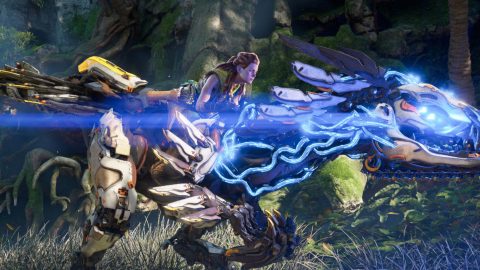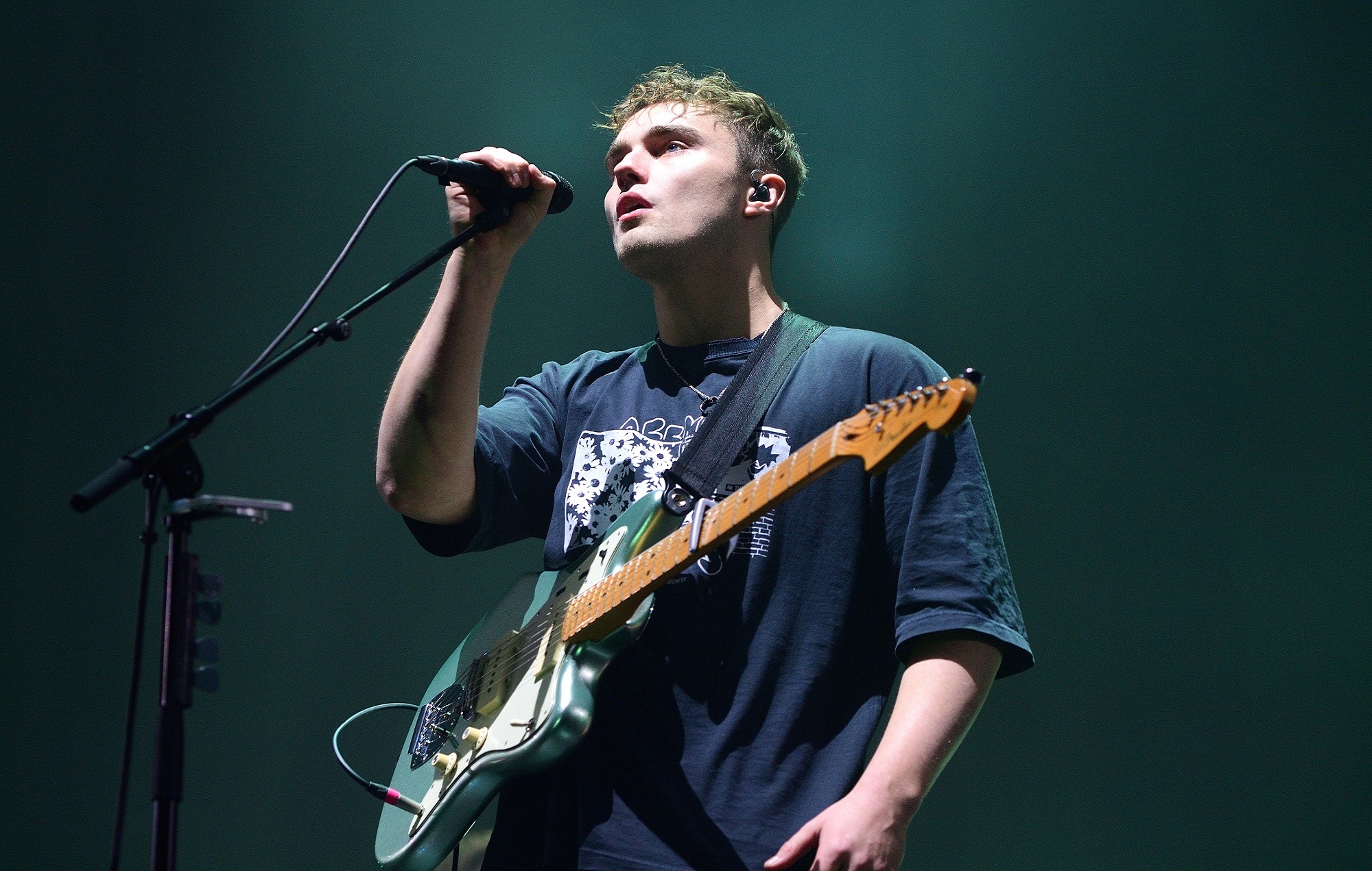NME Music News, Reviews, Videos, Galleries, Tickets and Blogs | NME.COM

We’re approaching an anniversary as significant as any in video game history. Next month, on September 29 to be precise, the original PlayStation turns 25 years old. The first console to sell over 100million units, a feat it reached nine years after its launch, the influence Sony’s baby had on video games has been seismic since its birth in 1995.
Truth be told, the machine had originally launched in Japan first on December 3, 1994. The coming anniversary relates to when units were made available in Europe, though the name – spelt as two words– had been kicking around since 1986. The ‘Play Station’ was the name given for a collaboration between Sony and Nintendo to create a CD drive for the latter’s Famicom/SNES. When Nintendo cancelled the project, Sony started to play around the idea of its own console. After all, it already had a name…
The split between Sony and Nintendo was messy. The result of the collaboration was intended to be announced at the 1991 Consumer Electronics Show. Unbeknownst to Sony, pioneering Nintendo president Hiroshi Yamauchi had reviewed the contract the two companies had drafted in 1988 and was appalled at the degree of control given to Sony. In May of 1991, CES swung around, whereupon Nintendo chairman Howard Lincoln stepped onstage and brazenly announced that his company was to be partnering with Dutch company Phillips. Lincoln and Nintendo of America founder Minoru Arakawa had already flown to Holland to do a deal.
Winded, Sony looked to ally itself with another Japanese entertainment giant: SEGA. Then CEO Tom Kalinske even took a proposal to his company’s board of directors, only to be promptly laughed out of the room. “[They said] that’s a stupid idea,” Kalinske revealed some decades later. “Sony doesn’t know how to make hardware. They don’t know how to make software either. Why would we want to do this?” Later Nintendo filed a lawsuit against Sony claiming a breach of contract, saying that the ‘Play Station’ name was its own creation.

By 1992 the two companies had called a ceasefire, with Nintendo consenting to Sony’s development of its own console, as long as its machine included a port allowing consumers to play SNES cartridges. A year later the port was gone, as was any involvement with Nintendo and the spacing between ‘Play’ and ‘Station’. Later, Sony toyed with the namePSX for quite some time, after ‘PlayStation’ received derision when put in front of a series of focus groups. But in the end, the original name stayed, though the word ‘Sony’ rarely featured in any of the marketing. It’s been said that upper management feared the machine would be viewed as a toy and have a negative impact on the brand.
With no game development experience of its own, Sony snapped up Liverpool-based studio Psygnosis, a name – and subsequent owl logo – instantly familiar to owners of a Commodore Amiga or an Atari ST. The Lemmings creators were rebranded as Sony Interactive Entertainment and put to work on the development of a series of launch titles, the best of which was Wipeout (stylised ‘wipEout’), a futuristic racer with a soundtrack that boldly declared that Sony’s machine was no toy.
I was 15 years old when my parents bought me the machine for Christmas in 1995. I was supposed to share it with my younger brother, but a few years later, I took it and a copy of both Resident Evil and Resident Evil 2 to university where I only narrowly gained any qualifications, thanks to spending most of my time shooting zombies in the head.
But I wasn’t alone, the PS One was a runaway success, and it was ground-breaking. If I ended up at a party at 3am, chances are that there’d be a Tekken tournament taking place in front of the TV. It looked good there, it was a classy piece of kit. Adverts for the PlayStation would run in magazines like Loaded and FHM. This was a console for gamers who’d outgrown the idea of ‘computer games’.

The impact of Tomb Raider, released in 1996 and a game synonymous with Sony’s first machine, shouldn’t be underestimated. Lara Croft, the game’s protagonist was featured on the cover of The Face and the aforementioned Loaded, a feat both Mario and Sonic never came close to pulling off. An icon as key to the strange period of the late 1990s known as ‘Cool Britannia’, Lara was key to ushering in a sea change in how gaming was viewed. As ubiquitous as video games are today, there was once some trepidation in announcing to the world you liked to play games. It was something children did, or losers. But not after PlayStation. And never again.
I’ve still got my original PlayStation somewhere. I never boot it up, it just sits there under the telly next to my PS4, Xbox One and Switch, a relic cowering in the shadow of technological might. But I keep it there because it makes me smile. Because we shared so many great times together.
The post PlayStation‘s 25th Anniversary: how Sony’s iconic machine changed the game appeared first on NME Music News, Reviews, Videos, Galleries, Tickets and Blogs | NME.COM.





